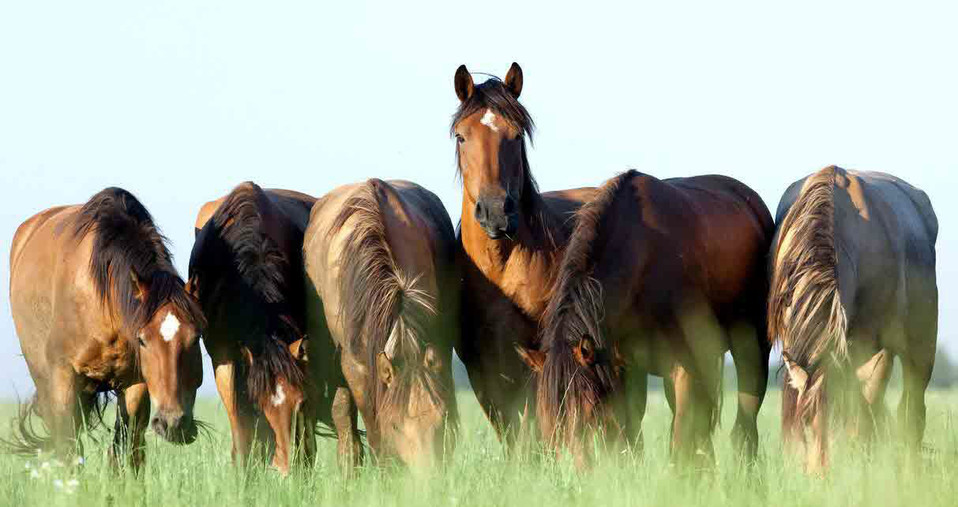Practical biosecurity for day to day practice - raising the bar
15 May 2018
SAARS, avian influenza, Hendra virus, Nipah virus, West Nile virus – these are just some of the diseases that have resulted in the death of people across multiple nations, including Australia.
Equine veterinarian, Dr. Nathan Anthony, has spent much of his career working to protect both animals and the community from diseases that can pass from animals to humans (zoonotic diseases). Tomorrow at the Australian Veterinary Association (AVA) Annual Conference, he’ll talk about the diseases that currently present the most risk to the equine community in Australia.
“To put it simply, Hendra virus has shaken the equine veterinary profession and the horse owning community in a way that we’d never experienced before.
“Hendra first emerged in 1994 in Queensland and it is responsible for the deaths of four people, including two veterinarians, Dr. Ben Cunneen in 2008, and Dr. Alister Rodgers in 2009,” he said.
AVA President, Dr. Paula Parker said that every year at the AVA Conference, the Ben Cunneen Memorial Lecture is given by a guest speaker in honour of Dr. Cunneen and the session has a One Health focus.
“This highlights the veterinarian’s role in working alongside other medical and healthcare industries to address issues of public health and safety.
“In order to best protect the community and prevent the spread of zoonotic diseases like Hendra, we need to have knowledge of the disease and their modes of transmission. We also need to be prepared for new and emerging disease events to occur,” Dr. Parker said.
In addition to the Hendra virus, Dr. Anthony says there are several other equine diseases that pose a risk to public health in Australia.
“Fortunately, we have a vaccine to help manage Hendra virus and people located in high-risk Hendra areas should ensure their horses are vaccinated.
“Chlamydia psittaci has recently been identified as a zoonotic risk and affects the respiratory system of people if they contract the disease. Streptococcus zooepidemicus is also known to cause infection in people with reports of life-threatening infection with complications including encephalitis, septic arthritis and acute renal failure in people that have been associated with relatively benign interactions with horses showing no clinical signs of the disease.
“Australian bat lyssavirus is another serious disease with signs that are indistinguishable from rabies. Three people in Australia have been fatally infected following transmission from bats.
“Another thing to consider is that people with immune deficiencies are at a higher risk of zoonosis and are more likely to experience further health complications as a result of infection,” Dr. Anthony said.
Enhanced biosecurity and an awareness of personal protection are extremely important in reducing the spread of zoonotic diseases in the equine community.
“Hand hygiene is extremely important when we talk about infection prevention and control. Washing hands is the most important way to stop the spread of infection and gloves are not considered a substitute for hand washing.
“If a horse owner notices any signs that their horse is unwell, they should contact their veterinarian as soon as possible,” Dr. Anthony said.
For further information and requests for interviews contact the AVA media office on 0439 628 898 or media@ava.com.au.
The Australian Veterinary Association (AVA) is the only national association representing veterinarians in Australia. Founded in 1921, the AVA today represents 9000 members working in all areas of animal science, health, and welfare.
